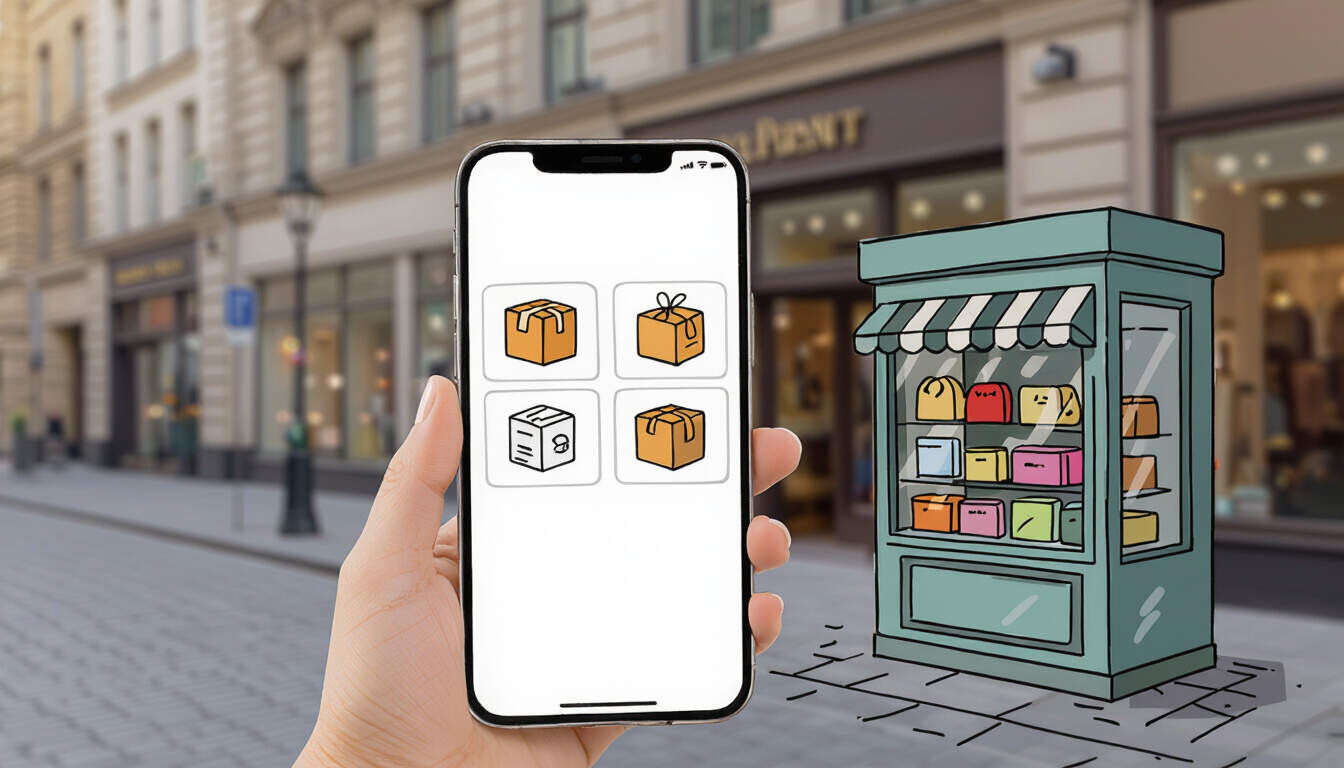Tiny Commerce Mobile Apps and Subscription Models
 by Lilian Nienow
by Lilian Nienow
Tiny commerce mobile apps offer innovative ways for small businesses to manage subscription services, boosting customer retention and steady revenue. These apps provide tools for easy setup, payment processing, and user engagement, making them ideal for entrepreneurs in e-commerce.

Tiny commerce mobile apps are transforming how small businesses handle subscription models. These apps focus on simplicity and efficiency, helping entrepreneurs build reliable income streams through recurring payments.
In the area of subscription commerce, mobile apps play a key role by enabling easy access for users. For instance, a subscription commerce app can automate billing cycles, ensuring customers receive products without interruption. This approach suits small business owners who need straightforward solutions.
One main advantage is the ability to reach customers directly via their devices. Apps allow for personalized notifications, reminding users of upcoming renewals or special offers. By integrating with e-commerce platforms, these tools help maintain customer loyalty and increase sales.
Setting up a tiny commerce mobile app involves several steps. First, select an app that fits your business needs, such as one with secure payment options. Many apps offer features like inventory tracking and customer analytics, which are essential for growth.
For e-commerce enthusiasts, the appeal lies in scalability. A well-chosen app can handle increasing subscriber numbers without major overhauls. Consider apps that support multiple payment methods to broaden your audience.
Key Features to Look For
When choosing a tiny commerce mobile app, prioritize user-friendly interfaces. Look for options that include:
- Secure transaction processing
- Customizable subscription plans
- Analytics dashboards for performance tracking
- Integration with social media for promotion
These features help streamline operations and provide insights into customer behavior. For example, analytics can show which subscription plans perform best, allowing adjustments based on data.
Challenges may arise, such as managing cancellations or handling payment failures. To address this, apps often include automated recovery processes. Small business owners can use these tools to reduce churn and keep revenue flowing.
Real-world applications demonstrate success. A coffee shop might use an app to offer monthly deliveries, turning one-time buyers into regulars. This model fosters long-term relationships and builds brand trust.
Strategies for implementation include starting small and testing features. Begin with a basic mobile app setup and gather feedback from early users. Over time, refine offerings based on what works.
Engagement is another critical aspect. Apps that send timely updates keep customers involved, encouraging renewals. For instance, exclusive content or discounts can motivate users to continue subscriptions.
In terms of growth, tiny commerce apps support expansion into new markets. Entrepreneurs can adapt their models for different regions, using apps with multilingual support or currency conversion.
Practical Tips for Success
To maximize benefits, focus on clear communication. Ensure customers understand subscription terms from the start. Provide easy opt-out options to build trust and comply with regulations.
Regular updates to the app keep it relevant and secure. This maintenance helps prevent issues and improves user experience. For e-commerce strategies, combining apps with email marketing can enhance reach.
Overall, tiny commerce mobile apps represent a smart choice for building sustainable businesses. By leveraging these tools, owners can focus on innovation rather than daily operations.
As the field evolves, staying informed about new app developments will be beneficial. Entrepreneurs who adopt these technologies early often see quicker returns on investment.
In summary, embracing tiny commerce mobile apps opens doors to efficient subscription management and business growth.
